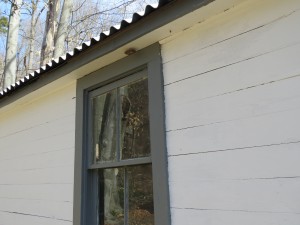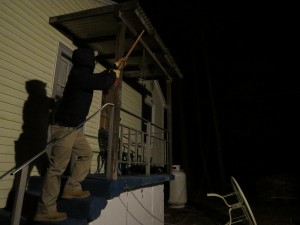Yellowjackets, bald-faced hornets and paper wasps are stinging insects that nest on or near structures. While colony sizes start small, the population of stinging insects in nests grows over time and can result in hundreds to thousands of individuals in the case of yellowjackets. Whereas management of large nests requires the assistance of a professional, starter nests can be easily knocked down, repeatedly if necessary, to discourage future nesting. Here are some steps to inspecting for wasps to avoid the sting!
1. Inspection: starting in early June, weekly walks around the perimeter of your property or facility can be used to identify the start of stinging insect nests. This might include paper wasps, which create an open-comb nest, or yellowjackets and bald-faced hornets that create nests wrapped in a papery envelope.
2. Removal: early nests may only contain a few individuals. These can be knocked down with a pole or by spraying with a hose from a safe distance. It is advised that you wear thick clothing, and conduct work at night using indirect light (do not shine a beam of light directly at the nest). Red filtered light will not be detected by wasps.
3. Extermination: Once nests are on the ground, stomp on them to kill any adults or larvae that are inside.
4. Repeat: if queens escape, they may return to rebuild the nest somewhere nearby. However, repeated removal of the nest will ultimately discourage wasps from nesting there.
Note: some yellowjacket species will nest in wall voids, and you will see wasps flying in and out of the space during your inspection. A vacuum can be used to reduce the number of wasps that nest in wall voids, as shown in this video.



